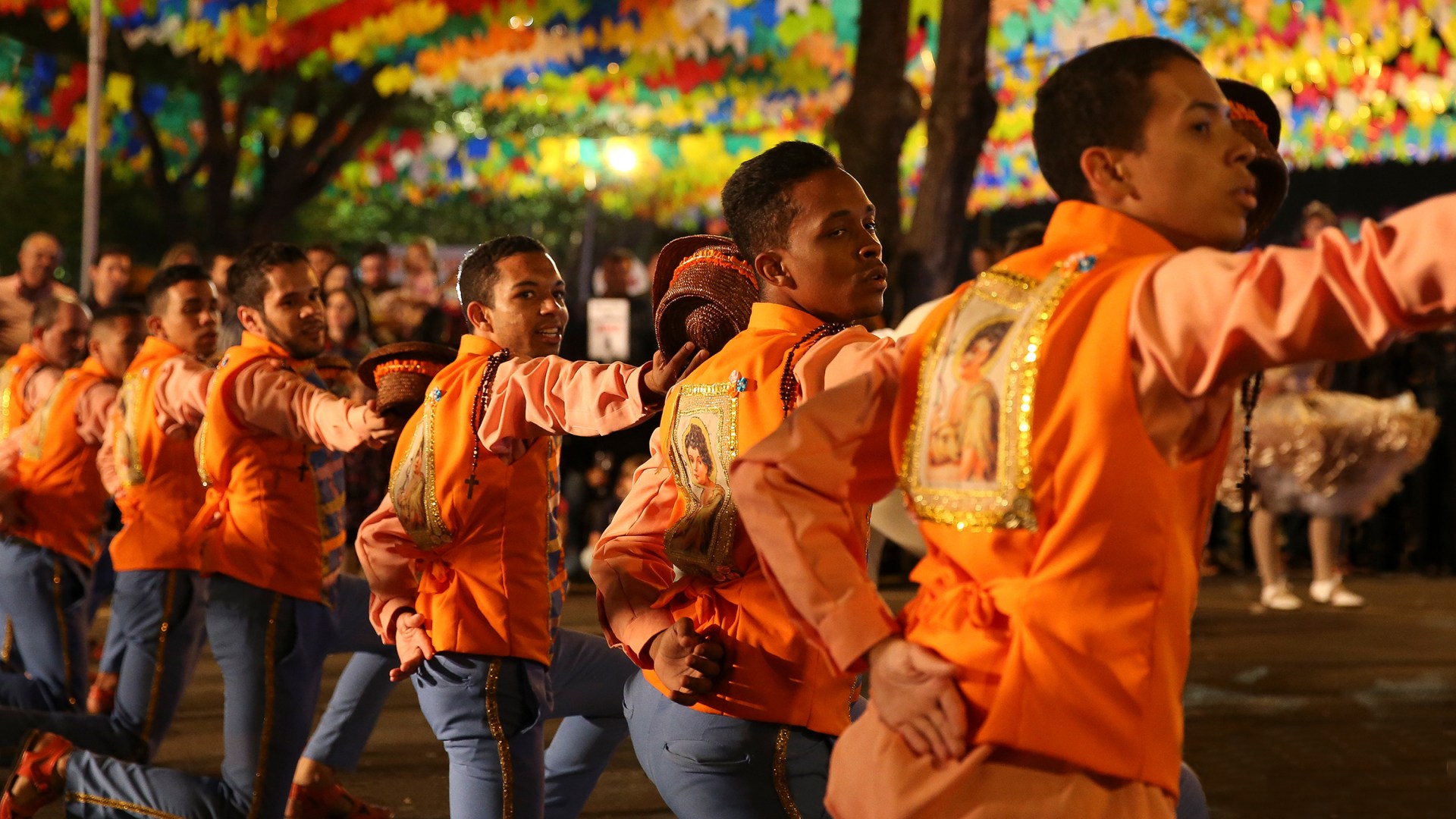Last summer Alliance University, known as Nyack College for most of its history, was in the middle of suddenly shutting down its operations after 140 years. As the frantic eight-week closure process began—helping students finish out classes, selling the school’s Steinway grand piano, pulling art off the walls—Alliance sought out another institution to become the ongoing custodian of records for students and alumni.
Needing a permanent home were transcripts going back decades, student financial records, and athletic records, as well as licensure documentation for Alliance counseling, nursing, teaching, and social work programs. Alumni might need those documents at any time for employers or licensing bodies.
It was tens of thousands of documents—some digital and some in filing cabinets.
Alliance asked Houghton University, another Christian college about five hours away in New York State, to take on the responsibility. Around the same time, The King’s College, another New York Christian college in trouble, asked Houghton to be the custodian of its records.
“It was loading the life rafts because the Titanic is going down,” said David Turk, the provost of Alliance University at the time that it closed. With so many Alliance and Nyack graduates going into ministry work, Turk felt it was important to have another Christian college care for the documents.
Christian higher education is a small world, especially in New York. Some Alliance administrators were Houghton graduates. Some Houghton professors are Alliance/Nyack graduates. Houghton readily agreed.
“For us there was no question,” said David Davies, Houghton’s provost and the son of two Nyack graduates. “We have such strong alignment with them. … Alliance and Houghton are two of the oldest Christian higher ed institutions in the state and in the region.”
But he added, “No one had a good firsthand sense of how much work this would be. … It has been more than we anticipated.”
Houghton’s experience may be useful for preparing other Christian higher education institutions to help fellow schools close well. Though a number of Christian colleges are seeing booming post-pandemic enrollment, the economics of Christian higher education are sobering.
Total undergraduate enrollment has been declining at schools affiliated with the Council for Christian Colleges and Universities (CCCU) since 2015. And all schools are facing the “demographic cliff” of 2025, where the population of high school graduates drops significantly.
Last week, Eastern Nazarene University in Quincy, Massachusetts, announced its plan for closure. Eastern Nazarene is a member of the CCCU. Three other Christian schools have entered a teach-out agreement with Eastern Nazarene, which means they will take transfer students to help them finish their degrees in the same time frame.
“Like all small, private, liberal arts colleges, Eastern Nazarene has faced significant financial headwinds in recent years,” the school said in a statement.
Houghton is one place staying afloat. It welcomed its largest class in six years last fall and has an enrollment of about 800 students. It received 23 students from Alliance and 2 from King’s (most King’s students opted to stay in New York City).
When Alliance announced its closure, the school was in chaos. Turk was trying to help current students graduate. Deans of programs like nursing were working overtime to put their records together for Houghton, he said. Meanwhile, representatives from the Christian and Missionary Alliance headquarters came to gather all the personnel documentation, take pictures off the walls, and gather old yearbooks, Turk said. The school had the ed-tech company Parchment digitize as many records as it could for Houghton.
Kevin Kettinger, Houghton’s registrar, was working closely with employees at the Alliance registrar’s office.
“Seeing how painful it was for them made me really want to help even more,” Kettinger said. It was “raw,” he said.
“[Alliance staffers] bent over backwards in the midst of what they were going through,” said Davies.
In August of last year, Alliance’s athletic director (a Houghton graduate) drove a semitruck of Alliance’s paper records in dozens of filing cabinets to Houghton’s campus. Houghton distributed the 28 filing cabinets to various offices: athletics, counseling, student financial services.
Houghton had to bring in tech services to check on how to store Alliance’s digital data. The staff had to learn to use Parchment’s digitization system. All in all, it was more than 60,000 documents.
Davies said the school could have used a full-time person managing the process, although the work is tapering down some now.
“Alliance has a really large alumni base,” he said. “A lot of folks understandably panicked when they heard the institution was closing. They wondered how they were going to get information. … We had a lot of requests.”
Kettinger said Houghton staff were getting a flood of calls every day from Alliance alumni needing transcripts, replacement diplomas, licensure paperwork filled out, or degree verification. A year later the school still receives calls every day.
“We’re talking probably 20 master-degree programs,” said Turk from Alliance/Nyack. “Very, very complex. It’s not an easy thing to handle.”
People also called with requests Houghton couldn’t fulfill, about financial aid or tax forms or billing. They called because they hadn’t realized Alliance had closed and wanted to know what was going on. Some were upset about grades or graduation status, things Houghton couldn’t change or address. The records agreement stipulated that Houghton simply stewards the documents, and Houghton staff can’t go ask a former Nyack professor why he gave a certain grade. But Kettinger said the alumni “handled it really well” once they understood the situation.
“We’re hoping this is going to move into a more sustainable maintenance phase,” said Davies.
Houghton is still waiting for when it might receive student records from King’s. While King’s has ceased operations as a college, it still has a small staff and exists as an organization, so it has so far maintained its own documents.
Though Houghton made agreements to take records from King’s and Alliance, it is getting the files of four shuttered institutions in the bargain. Alliance’s records included 2,000 from another Christian school, Pinebrook Junior College, that closed in 1992 and transferred its records to Nyack.
And King’s is the custodian of records for Northeastern Bible College, a school that closed in 1990 and transferred its files to King’s.
For other schools facing this, Houghton administrators said having time to work with a closing school early in the process to know how to communicate to students and between institutions is helpful. Having a dedicated staff person helps the process, but that’s tough for small colleges to pull off.
Yet for all the work over the last year, the Houghton staff felt they were giving a gift to a fellow Christian college.
“We’re serving their students in the way we would want people to serve our students,” said Davies. “It’s an awful thing when your institution closes. You can’t turn it into a positive. It’s difficult emotionally; it’s difficult professionally.” As a Christian institution, “we don’t see ourselves in isolation,” he added.
Alliance staff felt that.
“[Closing] was a nightmare,” said Turk, the former provost of Alliance. “But Houghton was a dream.”













































